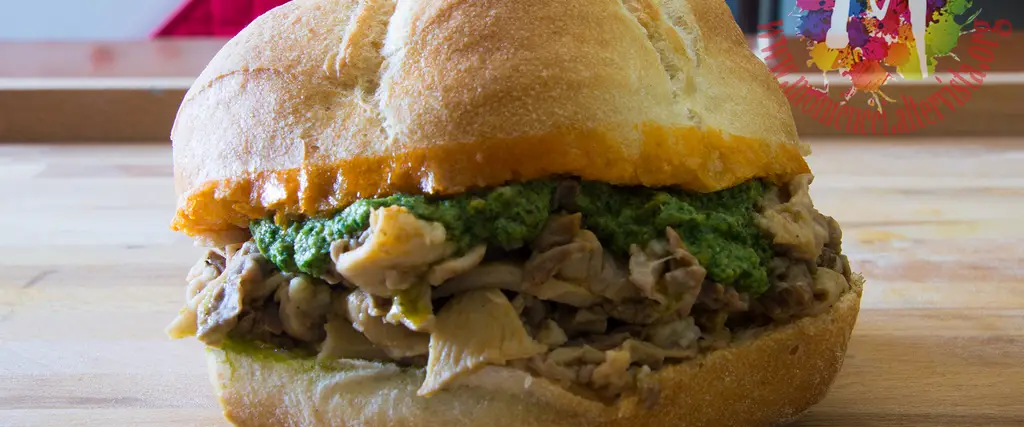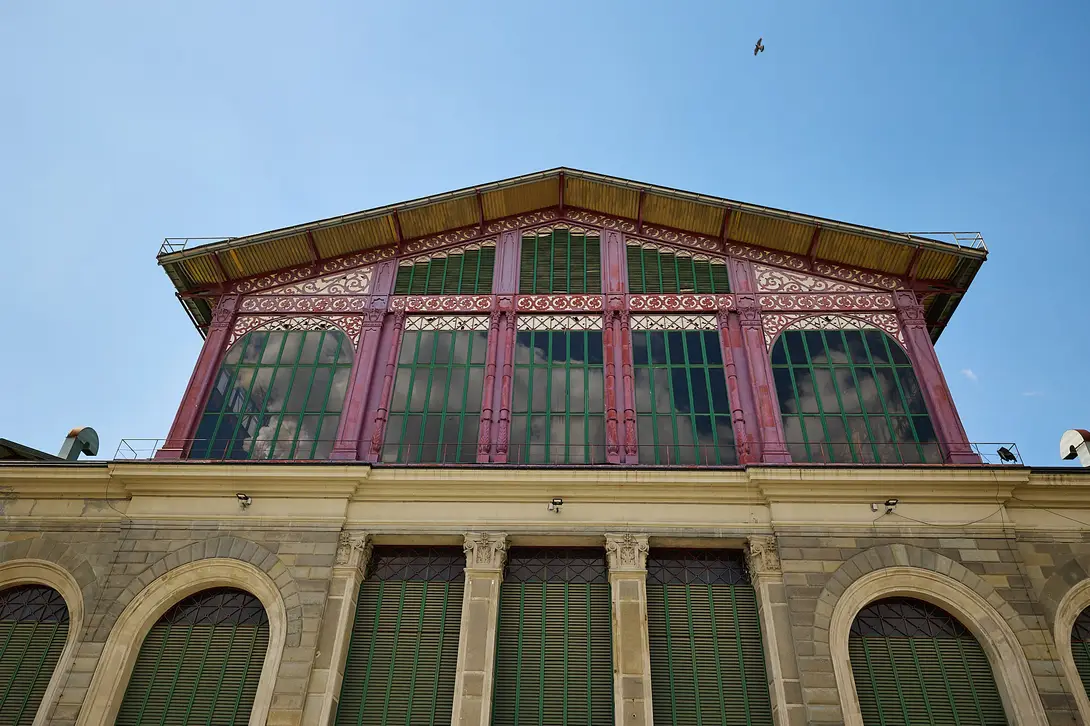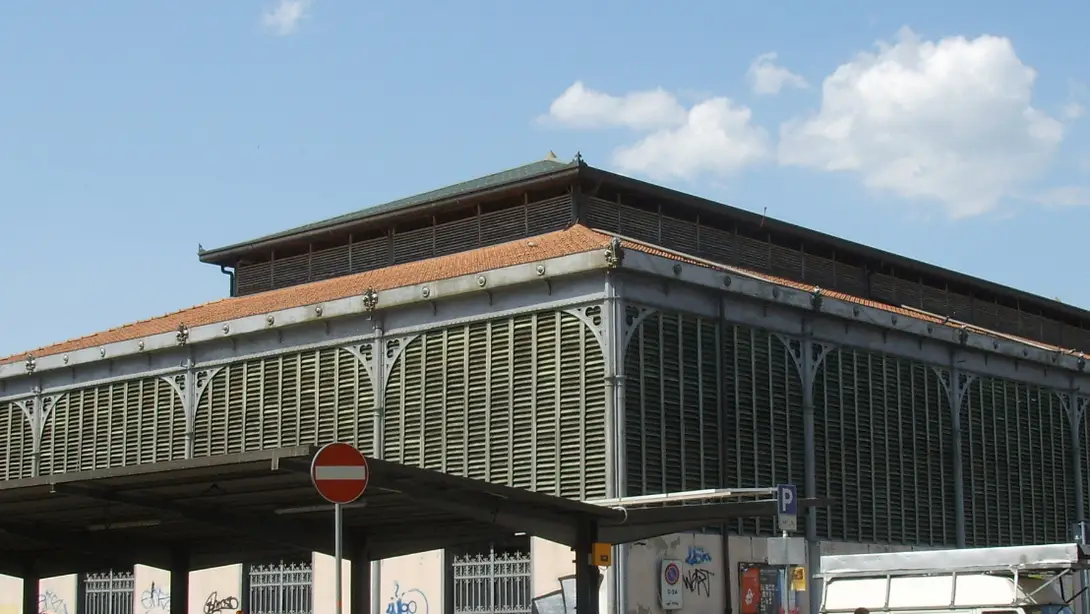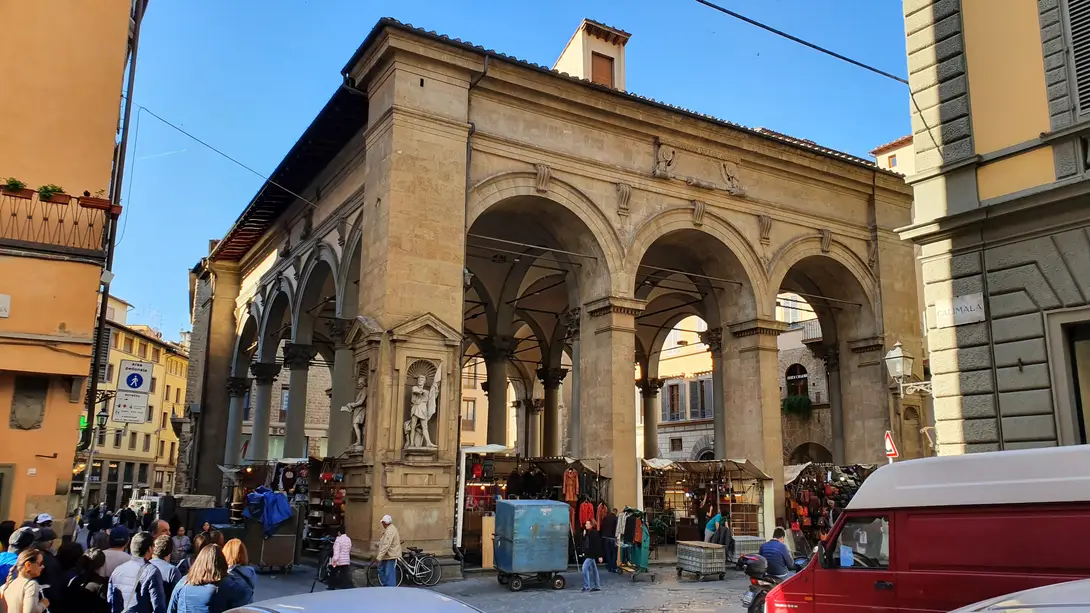
Lampredotto... delicious!
A typical street food in Florence? lampredotto rolls. It can be bought from the trippai (literally tripe sellers), stalls permanently spread in various parts of the city that serve and prepare bovine offal, the so-called "quinto quarto" (literally the fifth quarter).
Poor but very tasty, this kind of food is cooked in large steaming pots and then taken out when it is very hot, cut into thin slices with skill, served in a rosetta (a crispy bread roll) or rather, in the Tuscan way, sèmelle (it seems that it comes from the Semmel, introduced in the city by Austrian Peter Leopold of Lorraine) and dressed with salt, oil and more or less spicy sauces, according to everyone’s taste.
Some people say that this is real Florentine food: other than the steak!
In any case, either the lampredotto rolls or a portion of Florentine tripe, another typical kind of food coming from different parts of the bovine digestive system, can be bought and eaten rigorously standing in front of the stall, while the trippaio is working and talking to his customers at the same time.
Places where the trippai are located in the centre of Florence: Piazza Cimatori; Market of San Lorenzo also known as Mercato Centrale (both inside & outside: via dell'Ariento); Market of Sant'Ambrogio (inside & nearby via de' Macci), Loggia del Porcellino; via Maso Finiguerra,
Comune di Firenze
The places
Stages
San Lorenzo Market - Mercato Centrale
The San Lorenzo Market is very popular for those, tourists and not, who are looking for food and wine experiences. In this building there are two markets, corresponding to the 2 floors:
- Ground floor:fruits, vegetables, meat, fish and bread sellers. You also have the chance to taste on site.
- First floor: the "Mercato Centrale" hosts delicatessen shops and restaurants with different vocation, in an open space, until midnight.
The complex building has an imposing stucture (made of iron, cast iron and glass) built in the 19th century when a complete new design of the historic centre has been put on. Between 1865 and 1871, infact, Florence became the new capital of the Kingdom of Italy and took on its present appearance, clearly inspired by the great European capitals, Paris first.
The Market was built in a wide area (within: Via dell’Ariento, Via S. Antonino, Via Santa Chiara and Via Panicale) destroying the existing residential structures. The interesting project was by Giuseppe Mengoni (the same author of the Vittorio Emanuele Gallery, in Milan), and it was inaugurated in 1874 during an International Agricultural Exhibition.
Sant'Ambrogio Market
The covered market of Sant'Ambrogio hosts food shops and like the San Lorenzo market dates back to the end of 19th century when a complete new design of the historic centre has been put on.
In 1860 Florence became the new capital of the Kingdom of Italy and took on its present appearance, clearly inspired by the great European capitals, Paris first.
The construction of new markets was the main project of the new concept of the city. The market of Sant' Ambrogio, built in the large vegetable garden in the block beyond Santa Croce towards the walls, with a cast iron structure, was inaugurated in 1873 about a year before than San Lorenzo market.
The covered market is the very beating heart of the neighbourhood; outside the building all around the market more stalls can be found with different items such as flowers, clothes, household objects.
Mercato del Porcellino
There are three names by which this place is known: Loggia del Porcellino (from the famous bronze animal - actually not a piggy but a wild boar - a copy of the seventeenth-century original by Tacca in the Stefano Bardini Museum), Loggia del Mercato Nuovo ("the new market" to distinguish it from the old one, which was located in what is now Piazza della Repubblica) and the Straw Market (traditional Florentine straw hats were sold there starting from the 19th century).
The architectural structure, the work of Giovan Battista Del Tasso (1550), is decorated in the corner niches with three nineteenth-century sculptures representing illustrious men from Florentine history: Michele di Lando, protagonist of the famous Ciompi Riots (the "minor" wool workers) of 1378; Giovanni Villani, well-known Florentine historiographer of the fourteenth century; Bernardo Cennini, pioneer of Florentine typography.
In addition to being a place dedicated to military functions, it was originally the site of the silk and other precious fabrics market. On the floor, in the center of the loggia, there is the so-called Scandal Stone, where insolvent debtors and traders were punished.
Today the Loggia hosts a tourist market (one of the most visited markets of Florence) selling mostly leather goods and souvenirs.


